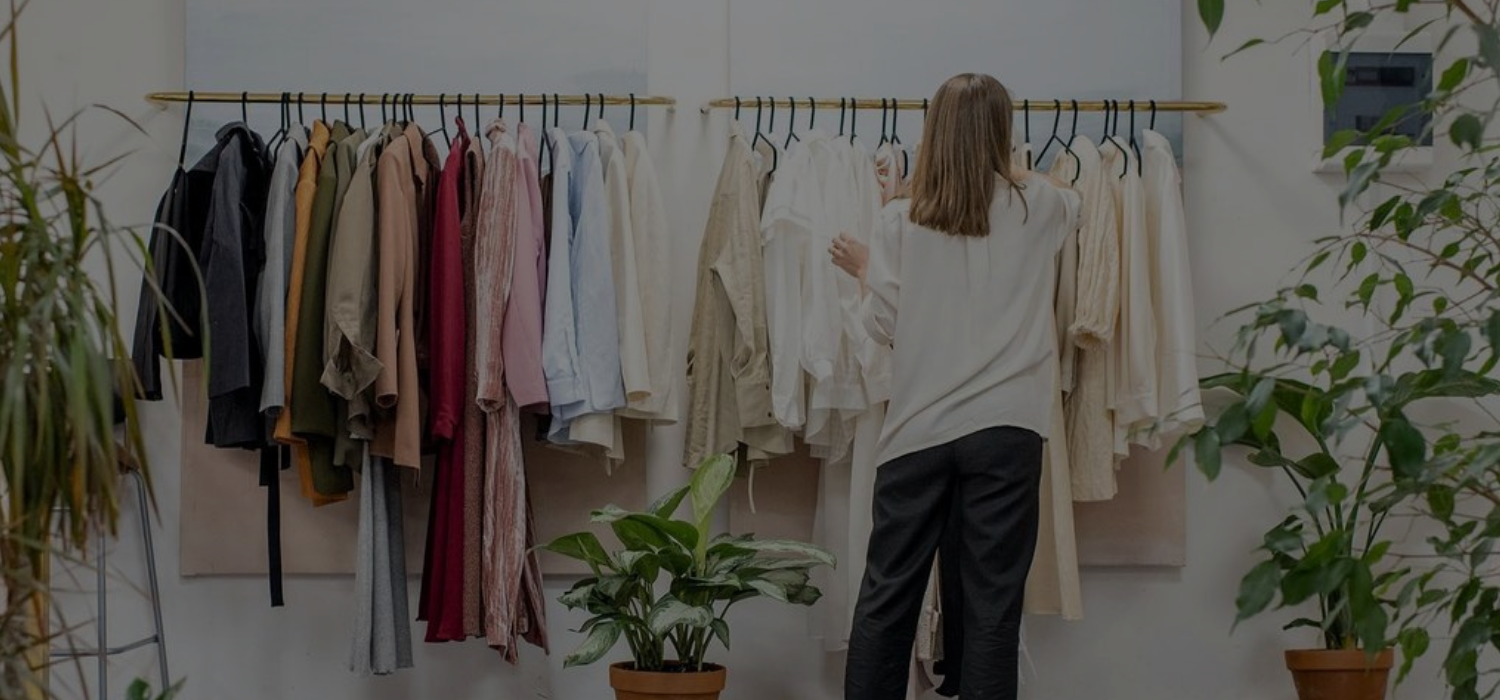
As every year, ACOTEX presents its report ‘The Textile Trade’ that gathers all the data of the sector corresponding to the past year 2020, from invoicing, its distribution, the number of employees in the sector, or its points of sale, among others.
In its twentieth edition, this report is the main reference for consulting textile distribution in Spain, as well as a model document for all companies in the field, public administrations, the media, institutions, and other entities.
This report is divided into three fundamental parts: it begins with national billing, then focuses on tourism, online fashion, industry, franchises, and finally, it analyzes textile billing in the Community of Madrid.
Undoubtedly, the health crisis derived from the coronavirus has made 2020 a particularly difficult year for the textile sector, which is undoubtedly reflected in each of the sections that make up the report presented by ACOTEX.
NATIONAL BILLING
The turnover of the textile sector has been seriously affected by the consequences of Covid 19. This can be seen in a fall of 41.26% compared to 2019, which translates into a loss of 10,619 million euros at the national level.
This drop in turnover has also affected workers in the sector, since 172,432 have lost their jobs, as up to 47,101 points of sale of textile products have been closed. At the level of family spending, Spanish households have spent up to 903 euros on average less than the previous year, decreasing this figure by 28.11%.
In addition, according to the division by subsectors, women’s fashion has been the most billed (35.7% of the total), followed by men’s (31.6%), home (19.6%) and finally children (13, 1%).
At the national level, the community in which the sector has billed the most in 2020 has been Madrid (17.33%), then Catalonia (16.53%) and in third place Andalusia (15.49%). Regarding the shopping basket of Spanish men and women during 2020, spending on fashion was 6.37% behind food (26.82%) and housing (13.58%).
TOURISM
The mobility restrictions derived from the pandemic have meant that this year far fewer tourists have come to our country than in 2019. Specifically, in 2020 18,957,856 fewer tourists have arrived than in the previous year.
This has had an impact on their spending in the textile sector, which in 2020 billed 78.52% less. The tourists who have spent the most on fashion have been Argentines, followed by Russians, while the age group that has consumed the most has been between 31 and 45 years (34.44%)
ONLINE FASHION
The textile sector has found the space in online sales to be able to market its products during the second quarter of 2020. 9.4% more have been bought through the internet and 59.4% of the fashion acquired has been foreign, while 31.8% has been national product.
TEXTILE INDUSTRY
In summary, the national textile industry has invoiced in 2020, 8,970 million euros compared to the 10,472 that it achieved in 2019. Textile exports have gone from 4,307 in 2019 to 3,651 in 2020.
MADRID
Regarding the turnover of the textile sector concerning the Community of Madrid, its figure has also been reduced, decreasing by 38.20% compared to 2019, achieving 1,967 million euros less.
The textile labor sector in Madrid has seen its structure affected with the loss of 26,574 workers, and losing up to 18.82% of its points of sale.


